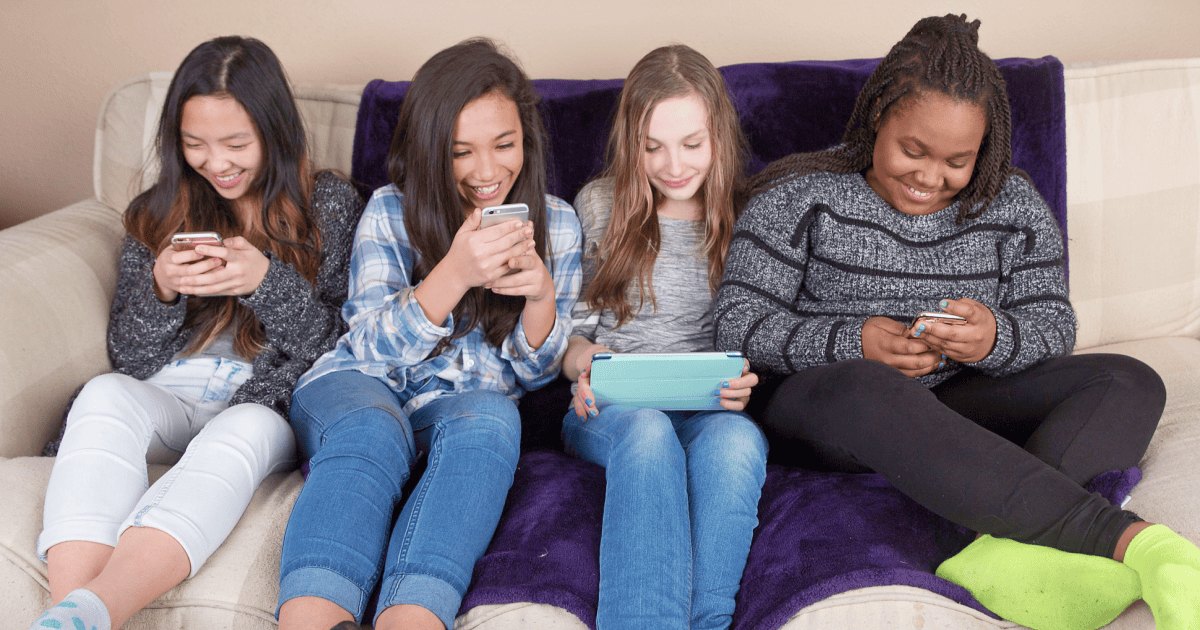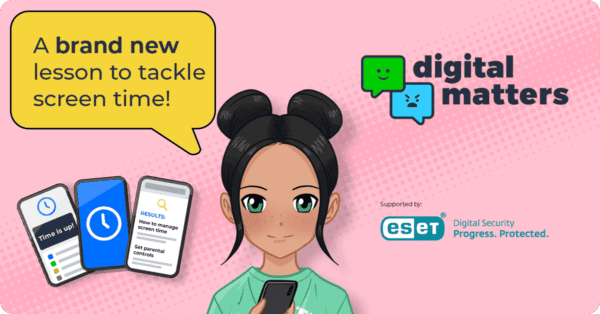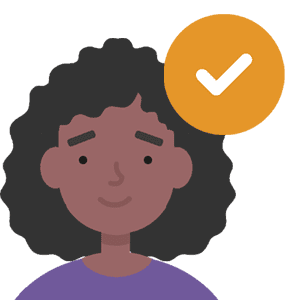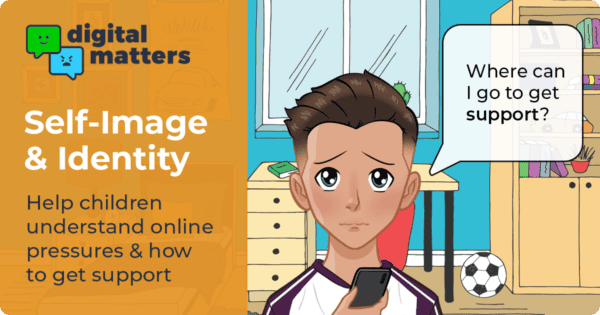Talk about social media reality
Many social media platforms are designed for those aged 13 and over. 9-10-year-old girls who use these platforms may not have the experience or media literacy skills needed to think critically about what they see. So, it’s important to discuss content creators’ and influencers’ roles on social media.
It’s important to highlight that influencers often create and edit content as their sole job. That means they have a lot more time to look a certain way or edit their photos and videos a certain way than someone who goes to school or works a different job. It’s unrealistic to look how they look or do what they do when you don’t have the same amount of time they do.
Additionally, they earn money by promoting products, getting companies to sponsor them or through ads around their content. Some may also offer courses to earn more income.
Behind every social media post you see, there is a lot that goes on behind scenes that makes it an unrealistic comparison for children of any age.
Talk with your child regularly about their time on social media to help them think critically about what they see.






